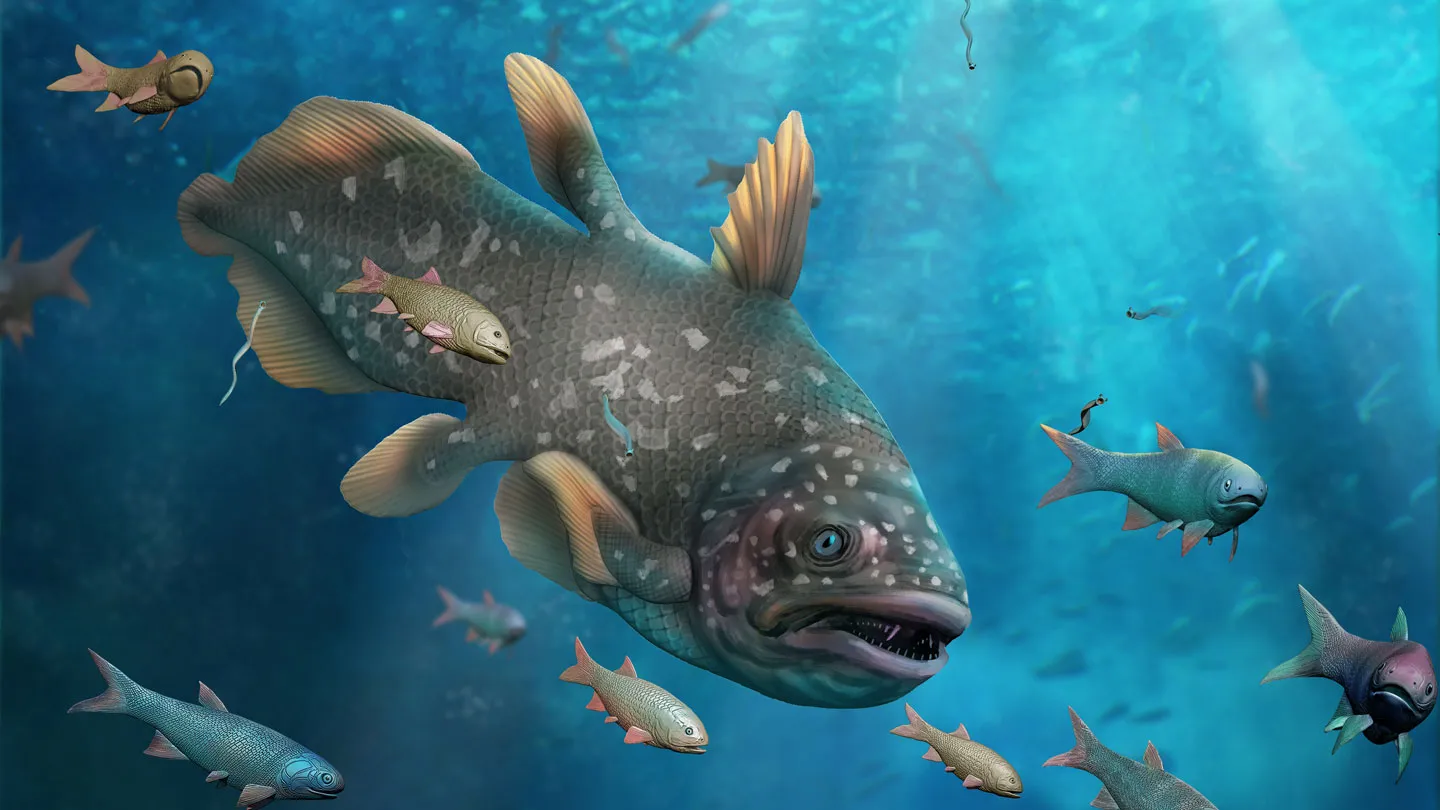New Fossil Findings Suggest Plants Survived the End-Permian Mass Extinction in China
Fossil evidence uncovered in China indicates that not all life perished during the catastrophic End-Permian mass extinction, which occurred nearly 252 million years ago. This event, often referred to as the “Great Dying,” led to the extinction of approximately 80% of life on Earth. While the mass extinction was largely driven by intense volcanic eruptions in the Siberian Traps, causing massive carbon dioxide emissions, global warming, and ocean acidification, new findings show that some plant species managed to survive the upheaval. Fossilized remains of gymnosperm forests and ferns have been discovered in present-day northeastern China, suggesting that certain regions of terrestrial life endured the planet’s harshest extinction event.
Insights from Ancient Rock Layers in Xinjiang
The research, published in Science Advances, focused on rock layers in Xinjiang, China, that date back to the time of the End-Permian extinction. Lead researcher Wan Yang, a professor of geology and geophysics at Missouri University of Science and Technology, pointed out that these rock formations showed no signs of mass plant extinction in the region. Rather than a rapid die-off followed by regrowth, the fossils of spores and pollen found in the layers revealed a more gradual shift in plant species. This discovery challenges the long-held belief that land-based ecosystems experienced the same near-total collapse as marine environments during this period.
The Role of Climate and Geography in Plant Survival
The findings also suggest that geography and climate played a significant role in plant survival during this difficult period. The study proposes that areas with humid climates and proximity to water bodies, such as rivers and lakes, acted as refuges for vegetation. This pattern mirrors what has been observed in other parts of the world, such as South America and Africa, where higher-latitude locations seemed to offer more stable conditions for plant life. Paleobotanist Josefina Bodnar, from the National University of La Plata in Argentina, commented that plants’ survival mechanisms, including deep-rooted structures and durable seeds, likely helped them endure the extreme environmental conditions of the time.
Implications for Understanding Mass Extinctions
These new fossil discoveries offer valuable insights into how life on land responded to one of Earth’s most severe extinction events. They challenge previous assumptions about the total collapse of terrestrial ecosystems during the End-Permian event, revealing a more complex survival strategy among plants. As scientists continue to study the resilience of life during such catastrophic periods, these findings help improve our understanding of mass extinctions and the environmental factors that shape the survival of species. The research underscores the importance of regional differences and survival adaptations in shaping the course of life on Earth through times of global environmental upheaval.


















